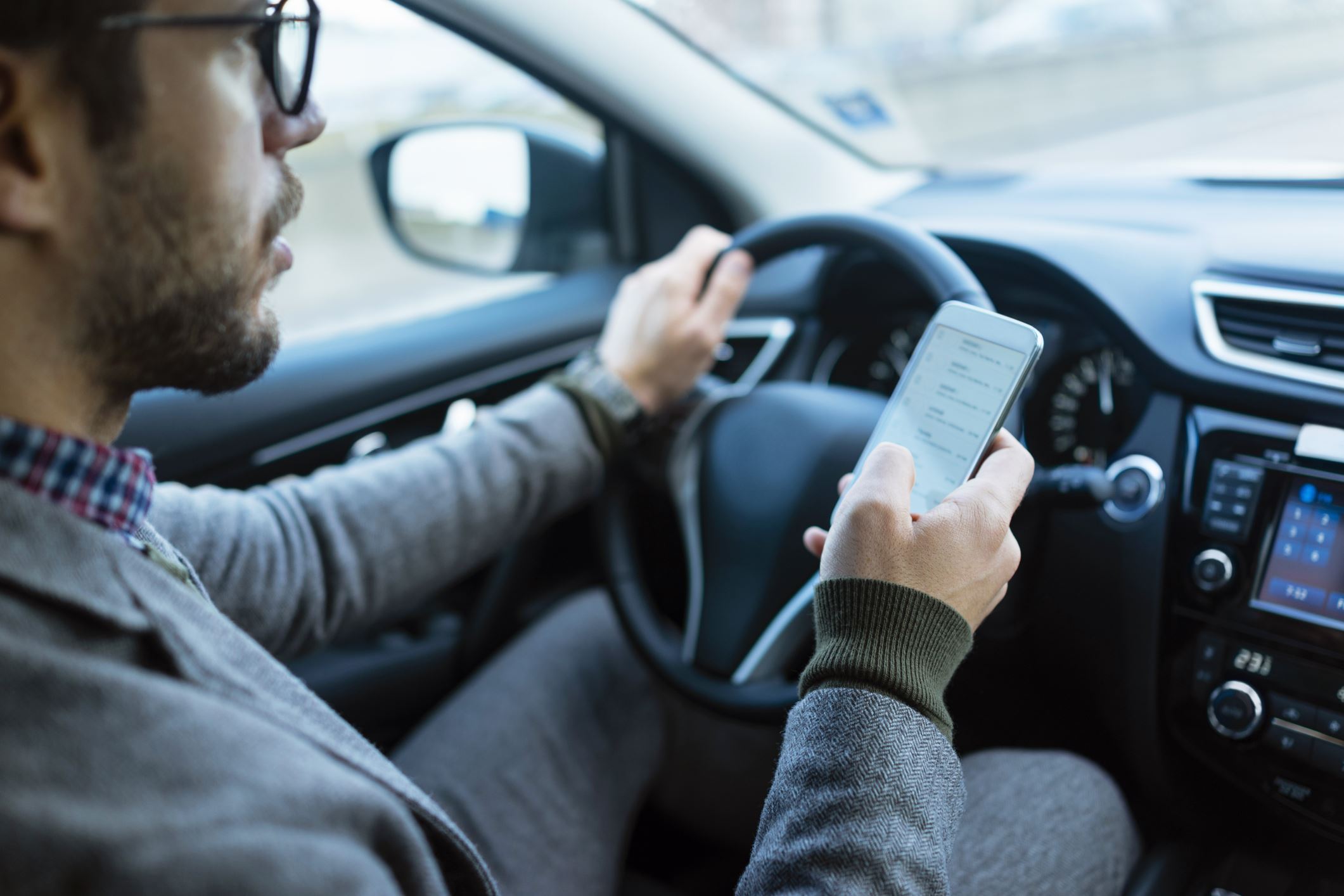There are a lot of misconceptions when it comes to distracted driving. Many people associate the term with texting and driving, but that’s only one part of a much larger issue. That’s because distracted driving isn’t any single action but a pattern of behavior. To explain, we need to explore everything you didn’t know about distracted driving.
Three Kinds
Distracted driving is a nuanced topic with strong research behind it. These days, most federal and state safety organizations agree that distracted driving is an umbrella term for three distinct behaviors. Those are:
- Manual Distractions
- Visual Distractions
- Cognitive Distractions
To better understand each of these and the hazards they represent, let’s break them down individually.
Manual Distractions
This describes anything that takes your hands off the steering wheel. It doesn’t matter if it’s picking up your phone, taking a sip of your drink, or just changing the radio station. All of these things are distracting, and they detract from your ability to maintain control of your vehicle if you suddenly have to react to a hazard (like a deer in the road).
Visual Distractions
These distractions are anything that causes you to look away from the road. Common examples include looking at your passenger, looking at notifications on your phone, or even reading billboards. No matter how innocent they seem, all of these things are distracting, and the mental tax on your attention adds up. For example, you could look away from the road for a moment and miss fast-approaching brake lights.
Cognitive Distractions
Cognitive distractions are those that take your mind off the road. These are somewhat deceptive because nearly every distraction has a cognitive element to it. If you change the radio in your car, there is a cognitive tax in considering whether you are satisfied or should keep scanning. If you look at a billboard, there is a cognitive element in comprehending the written words. Even if your cellphone is out of sight, hearing a notification sound draws from your mental focus as you try to think of what it could be.
As you are driving, each of these cognitive distractions (however small) are happening at the same time. Each draws at your overall focus and contributes to the impact of distracted driving. This is why, for example, it’s challenging to focus on driving when the music is too loud.
While cognitive distractions are the most common kind, there is another kind of distraction that is arguably the most dangerous of all.
Triple Threats
Triple threat driving distractions are those comprising all three elements of distracted driving. This means it is something that takes your eyes, hands, and mental focus away from driving at the same time. The trouble is that many drivers don’t realize how easy it is to fall victim to a triple-threat driving distraction.
Some common and deceptive examples of a triple threat distraction include:
- Using your car’s infotainment system.
- Texting and driving
- Eating and driving
Overconfidence is a huge problem when it comes to triple threat distractions. You can’t accurately gauge how impactful any single distraction will be. A sip of your drink feels inconsequential, but it’s actively drawing your focus away from maintaining control of the vehicle.
In some cases, what seems like a safe alternative to these triple threat distractions can be just as distracting or even more distracting. For example, voice dictation initially seems like a good alternative to texting and driving as it only requires cognitive attention, but the cognitive focus is so significant that the risk of voice dictation is equal to the risk of manually texting and driving. That gives drivers a false sense of security when indulging these alternatives.
Distractions Are Everywhere
It’s a harsh reality, but almost anything can be a driving distraction. The important thing is that we as drivers remain vigilant of these distractions, identify when we are losing focus, and take action to correct the behavior.
The more often you practice these safe driving habits, and the better you are at identifying the different kinds of distractions, the better your odds of staying focused at the wheel and avoiding a potentially serious wreck.
If you or someone you love suffered serious injuries at the hands of a distracted driver, let us help. To schedule a free case consultation with an experienced New Hampshire personal injury attorney from Upton & Hatfield, LLP, don’t hesitate to call (603) 224-7791 or send us an email.


